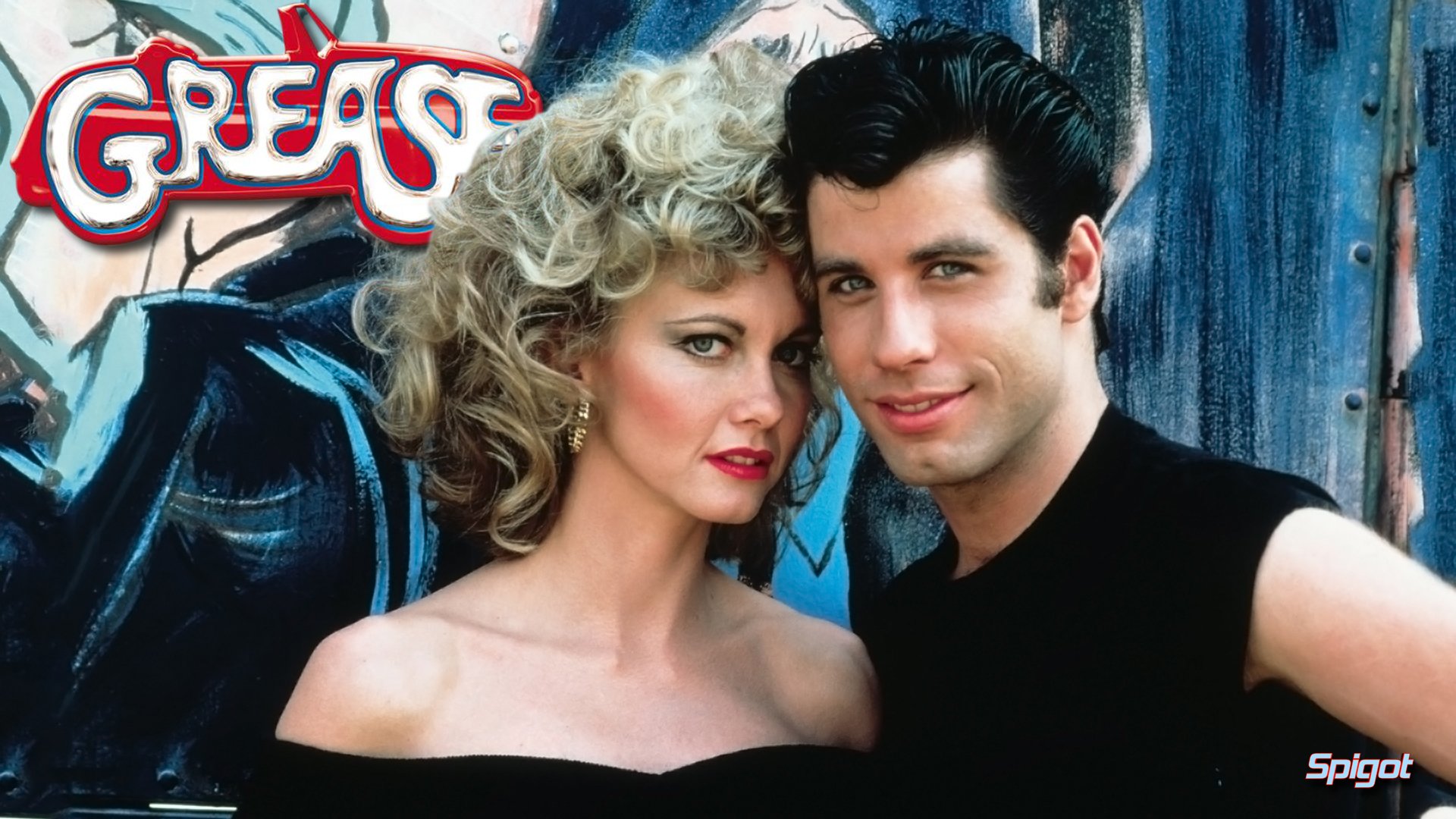Table Of Content

As a result, pseudofolliculitis on the face is most common in men of African descent who shave (Ogunbiyi, 2019). Of all women in the survey, no matter their race or ethnicity, nearly one-third reported experience with ingrown hairs (DeMaria, 2014). Using a single-blade razor can reduce your chances of developing ingrown pubic hair. When you use a multi-blade razor, the blades pass over your skin several times and can cut the hair beneath the skin. Hair structure and the direction of growth are factors in developing ingrown hair bumps.
Man put in coma with a 4% survival chance — thanks to an ingrown groin hair - New York Post
Man put in coma with a 4% survival chance — thanks to an ingrown groin hair.
Posted: Wed, 20 Mar 2024 07:00:00 GMT [source]
Can I pop an ingrown pubic hair cyst?
Certain people may be at a higher risk of ingrown hairs. For example, people with thick, curly hair tend to develop ingrown hairs more often than people with fine, thin hair. This is especially true with pubic hair, which tends to be coarser than the hair on the head or the rest of the body. You should tell your healthcare provider if you develop a boil when you are pregnant. Pregnancy does not cause boils, but certain hormonal and immune system changes could contribute to boils during pregnancy. In most cases, you will still follow at-home treatment.
How do I get rid of a cyst in my pubic area?
It also increases the chance of bacteria entering the wound and causing infection. If the ingrown pubic hair is causing a lot of redness and inflammation, a doctor may prescribe a steroid cream. This topical treatment can reduce swelling and irritation around the hair. That’s why some ingrown hairs develop white pus-filled bumps on the surface.
Let your pubic hair grow out between removals.
An ingrown hair is a place where hair has gotten trapped under the skin. One ingrown hair may form a cyst — a red, yellow, or whitish lump beneath the skin. If a person develops an infection, they should contact a healthcare professional for treatment. A person with an ingrown hair or resulting cyst should avoid scratching, picking, or squeezing it.
Treating and Preventing Ingrown Pubic Hair
If a person has concerns about ingrown hairs, or if they experience symptoms of an infection, it is best to contact a doctor for advice. The doctor may recommend antibiotics or other treatments. However, if a bump becomes too itchy or painful, there are a variety of home remedies that people can use to help them heal. The best way to prevent ingrown pubic hair is by avoiding waxing, shaving, or plucking, but that’s not always practical. If the ingrown pubic hair gets infected, the bumps may be painful and filled with pus.
Your doctor may do a full STI-screening test to rule out other possible causes. If these results come back negative, your doctor may look for other possible explanations. These include an ingrown hair, blocked oil glands, and cysts.
The infection can cause additional irritation and soreness. An ingrown hair can develop a pus-filled, discolored bump. Since this can be uncomfortable, itchy, or painful, this makes ingrown hairs more likely to get infected, especially if they’re picked at or rubbed.
Management and Treatment
Instead, consider permanent ways to remove hair, like laser treatments or electrolysis. Although quite not permanent, depilatory methods, which include liquid or cream treatments like Nair, can produce long-lasting results as well. Barber’s itch is most commonly experienced by Black men.

Non-razor hair removal options
But this home remedy can do more harm than good, as it increases your chances of developing an infection and create more inflammation, she adds. Have you ever experienced ingrown hair bumps around your bikini line? They are a common condition that results from hair removal. Read this quick guide by Flo to learn the causes of ingrown pubic hair plus how to treat and prevent it. Sitting in warm baths daily or more than once a day can help, as do hot compresses on the area. If it doesn't clear up in a few days or gets worse, see your doctor, who might prescribe stronger creams or an oral antibiotic or both.
They’ll squeeze out any pus and use sterile tweezers to remove the ingrown hair. An infected ingrown hair — also known as folliculitis — typically looks like a bump, a hard lump, or a cyst under the skin. If you have chronic ingrown hair problems, it might be best to avoid shaving altogether.
An ingrown hair is a strand of hair that grows into, rather than out of, the skin. A doctor may only recommend treatment if the cyst seems infected or is causing issues such as pain. Read on to learn more about how to get rid of ingrown hair, as well as some tips for prevention. Our experts continually monitor the health and wellness space, and we update our articles when new information becomes available. If the hairs don’t start to grow back up through the skin, you may need to try one of the following treatment options.

No comments:
Post a Comment